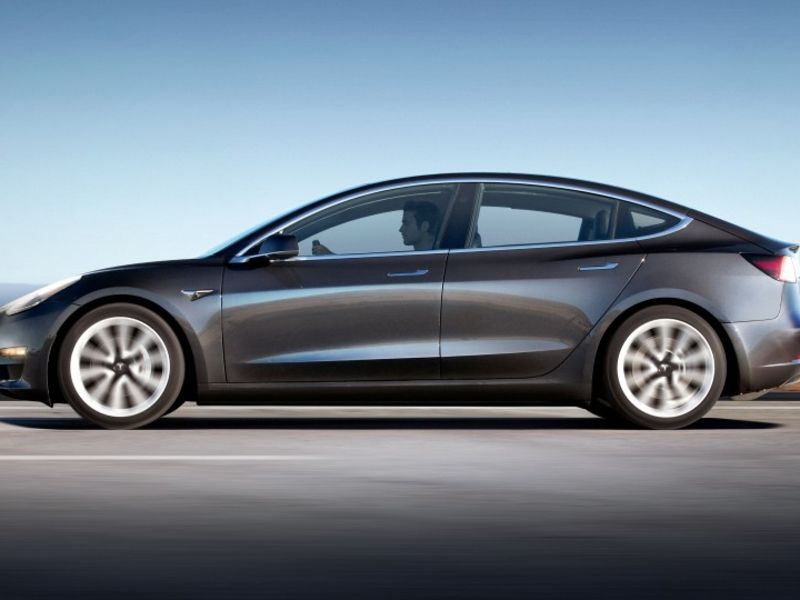
Tesla plans to ship cars made at its Shanghai plant to other markets in Europe and Asia, according to people familiar with the matter.
China-built Tesla Model 3s intended for delivery outside the country will likely start mass production in the fourth quarter, the people said, asking not to be identified because the details are private.
The people said the markets targeted include Singapore, Australia, New Zealand, as well as Europe, where customers currently have to wait for a Tesla to be delivered from the U.S.
Shipments could start as soon as the end of this year, or early 2021, according to the people.
The company is stepping up production as competition in the space intensifies, with traditional automakers starting to make EVs, especially for the China market, where local rivals like BYD already have a strong footing.
General Motors said this week it will take a $2 billion equity stake in electric truck maker Nikola.
A representative for Tesla in China declined to comment.
Tesla’s main factory is in Fremont, Calif., where it assembles the Model S, Model X, Model Y and Model 3. That’s also where the vast majority of the vehicles’ components are made.
The company is also building a factory near Berlin, its first in Europe. CEO Elon Musk is pursuing an ambitious timetable, targeting mid-2021 for that plant to start production.
Demand for EVs globally is rising, bolstered by tighter emissions regulations in Europe and an increasing awareness of climate change and the negative impact fossil-fueled cars have on the environment.
While the coronavirus pandemic has dented sales of all vehicles — global passenger EV sales were down 15 percent in the second quarter — the market for EVs is forecast to expand about 7 percent this year.
Europe has led the growth in 2020, with EV sales in the continent’s main auto markets more than doubling in January to July compared with the same period in 2019, according to BloombergNEF.
Tesla is also facing competition from Volkswagen Group, Renault and BMW’s new electric models.
Challenging markets
Singapore, Australia and New Zealand have trailed Europe and China in EV adoption and could present a bigger challenge for Tesla and its rivals. Tesla may also need to make changes to its assembly set-up in Shanghai to target those right-hand drive countries.
In China, Tesla delivers around 11,000 cars a month, all for the domestic market. Startup Nio has been averaging around 3,500 recently, by comparison.
Analysts at Credit Suisse Group described Tesla’s export plans as positive for the company, noting that China-made Model 3s have a lower cost than those built in the U.S. They said, however, that any move to export may signal that demand in China is below capacity.
Around 80 percent of the parts that Tesla uses at its Chinese plant will be sourced locally by the end of the year, Musk said during an earnings call in July. In December, before the outbreak of COVID-19, Song Gang, the manufacturing director at the Shanghai facility, said Tesla wanted to source 100 percent of its parts locally by the end of the year.
Tesla has been cutting its prices in China as part of a push to increase sales in the world’s largest EV market. Musk has said that making Tesla cars more affordable is a key target, and local sourcing helps with lowering expenses.